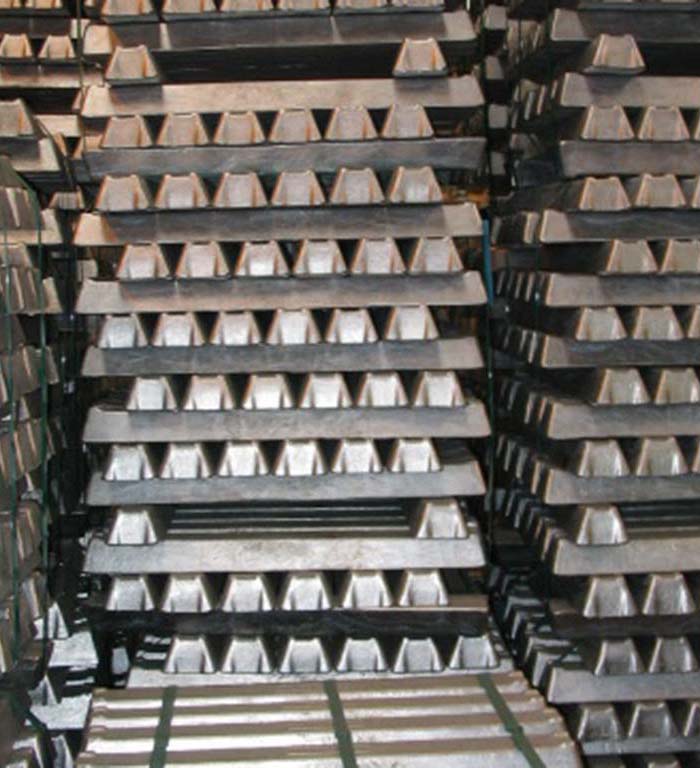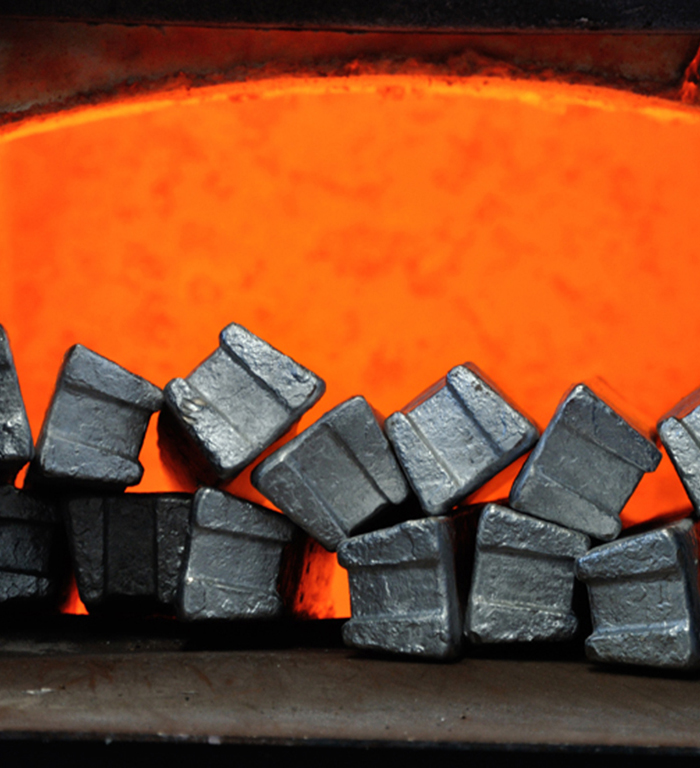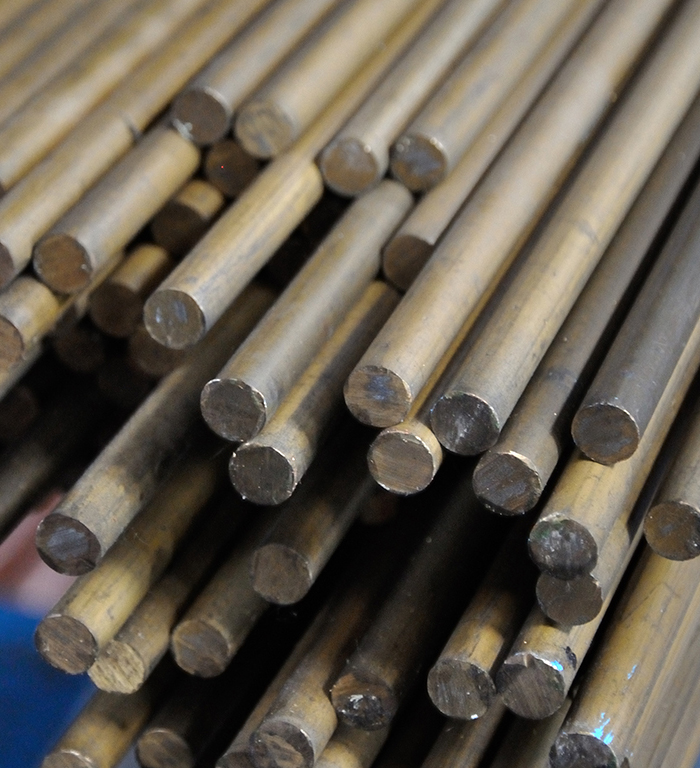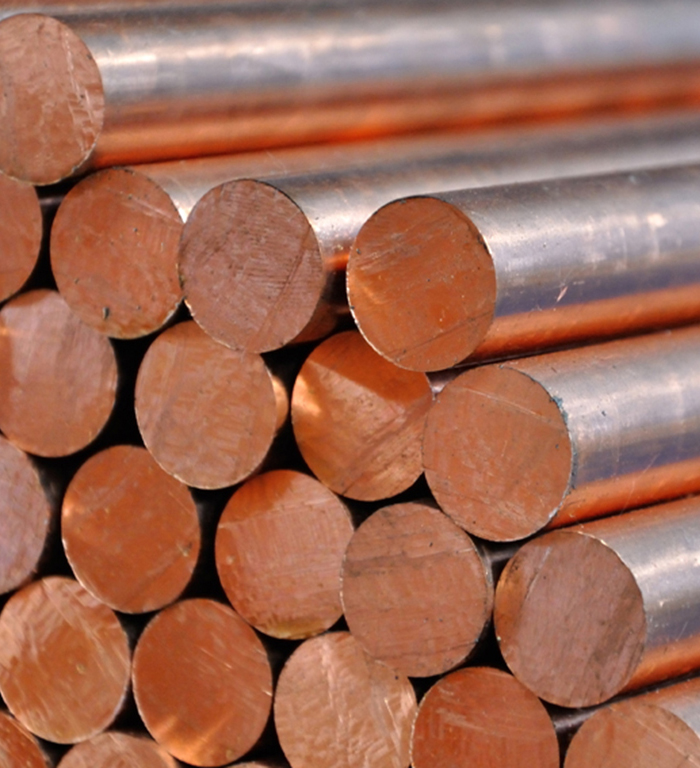What's an alloy ?
An alloy is a combination of a majority base metal with other chemical elements. The purpose of this addition is to increase the mechanical characteristics of the whole. In fact, pure metals are soft and have no technical performance (except for electrical and thermal conduction). The main alloys are based on iron (cast iron, steel, stainless steel), copper (brass and bronze) and aluminium. The designation of metals and alloys is standardised by the metallurgical symbols, which go from the most important to the least present. For example, the alloy A-S9U3 (A-S9-U3) is an Aluminium which is broken down as follows: Aluminium in the majority, "S9" Silicon 9%, "U3" U symbol for copper 3%. Another example U-Z39Pb2 (U-Z39-Pb2) is a copper alloy (brass): Copper majority, "Z39" Zinc 39%, "Pb2" Lead 2%.
The origin of an alloy can be "primary" by adding the constituent elements in the recipe and "secondary" if recycled metals are used. Thus, some alloys are blessed by the gods. Aluminium, for example, is 100% recyclable, ad infinitum. By recycling it, we save 95% of the energy needed to produce primary aluminium. Once the metal part has been shaped, some alloys can be heat treated to further enhance the mechanical properties. Heat treatment is "magic". Without any molecular input, by simply heating and dissolving the elements, the structure is modified to reach an optimum which will be frozen by rapid cooling to prevent a return to the initial point.





